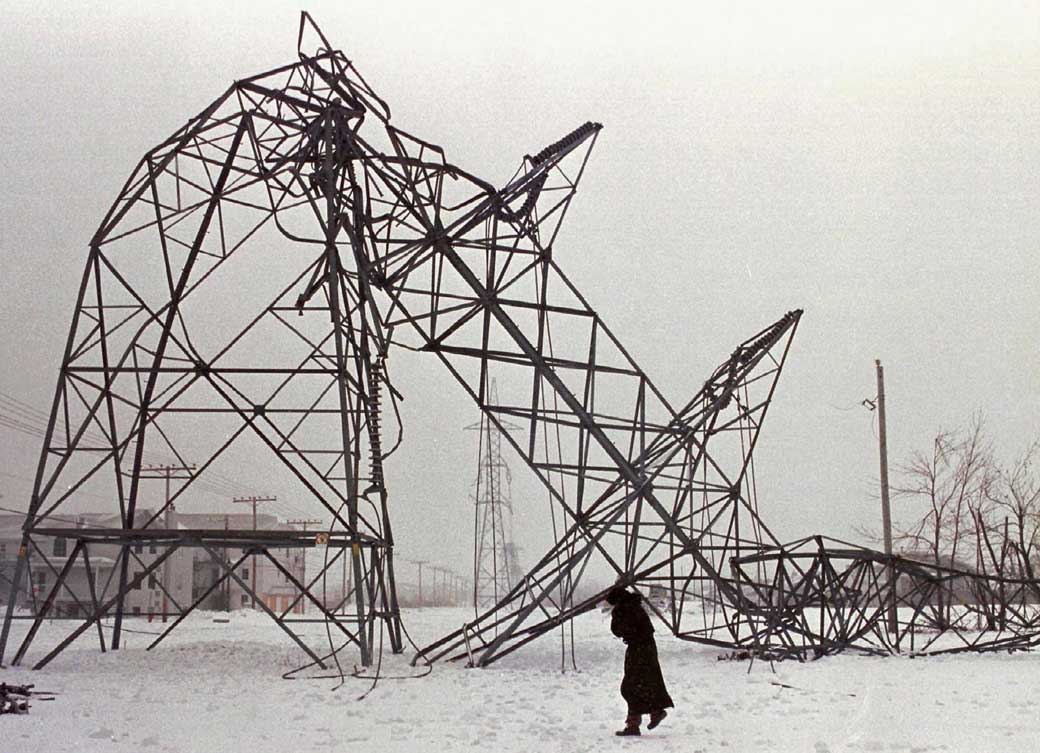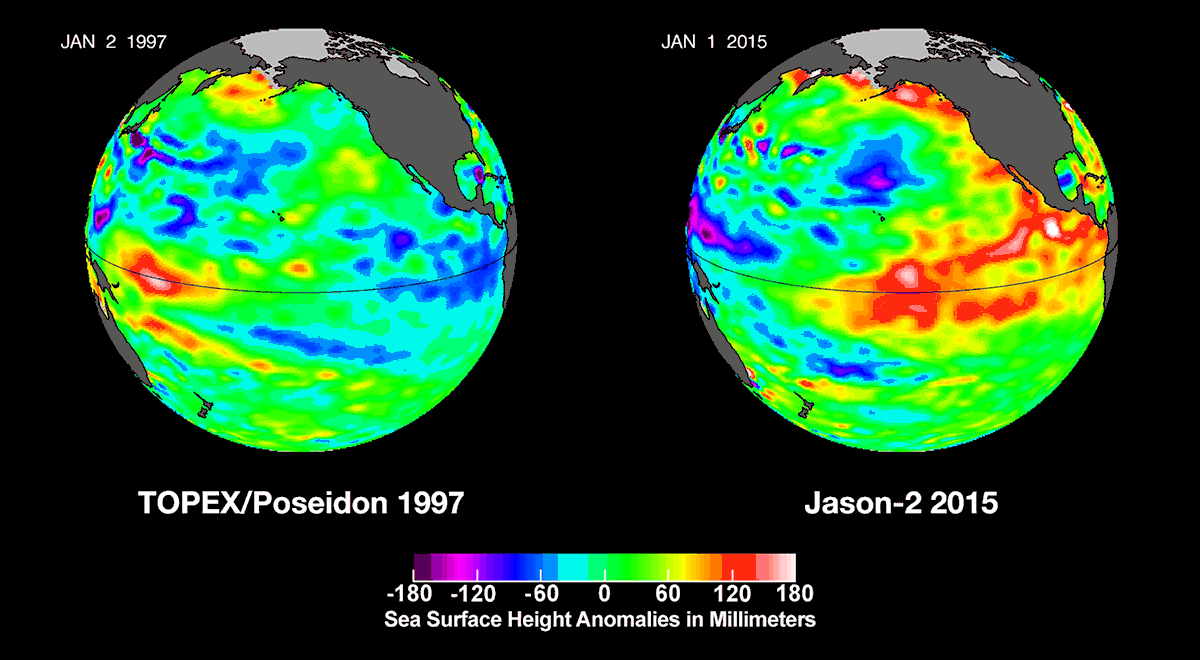The U.S. National Weather Service’s Climate Prediction Center is forecasting a 95 per cent chance that El Nino will affect the northern hemisphere this winter and gradually weaken by spring 2016.

Here are some things to know about El Nino and what you might expect.
1. The last time it was this strong was 1997-98
Remember the ice storm that devastated eastern Ontario and Quebec in January 1998? It’s generally believed that the strong El Nino set up conditions for that. It’s not that you can point to it and say, “This was El Nino.” But the moisture that was needed to feed such a system was there — in the southern U.S. — likely due to it being such a strong El Nino year.
The winter of 1997-98 was the last “super” El Nino year, but there have been seven major ones, with 1982-83 being another “super” year.
2. We don’t know the exact effects
The tricky thing about El Ninos is that their effects aren’t certain.
“Like snowflakes, no two El Ninos are alike. So forecasting their effects is very difficult,” said Global’s chief meteorologist Anthony Farnell.
And though we’ve had super El Ninos before, this one could be unlike any we’ve seen: this is the first one in an age with melting Arctic ice.
“The world is a different place now since we last had a super El Nino,” said David Phillips, senior climatologist with Environment Canada.
3. Tends to be associated with milder winters
In Canada, we tend to think of El Ninos bringing us milder winters. But that’s not always the case.
Phillips said that of the seven “super” El Nino years in the west, six were milder and one was colder. In the Atlantic, four were warmer and three were colder.

But with much of the country — from Manitoba to Atlantic Canada — coming off two pretty harsh winters, anything is likely to be considered milder.
Still, there’s no guarantee. The odds are in our favour, but it’s not set in stone.
4. There are other factors that will influence the effects
“El Ninos aren’t the only thing that control our winter,” Phillips said.
While they are typically the overpowering force, other factors such as wind patterns, the jet stream or systems in the Arctic as well as ice cover can also affect our weather.
READ MORE: El Nino: What it is and why it matters
5. Could help your pocketbook
Phillips said that generally El Nino years have a positive economic impact. While ski lodges may suffer with less snow and warmer temperatures, less snow also means there’s less likelihood of traffic accidents; fewer cases of roof collapses due to heavy snow; less need to crank up your furnace. In the end, it could save you money.
While we may still be waiting to see what this super El Nino brings to Canada, the effects are already being felt elsewhere, like California where heavy rains have produced landslides.
Meanwhile for us in the Great White North it’s a case of wait and see.
“It doesn’t mean winter will be cancelled, but it will be shorter,” Phillips said.




Comments